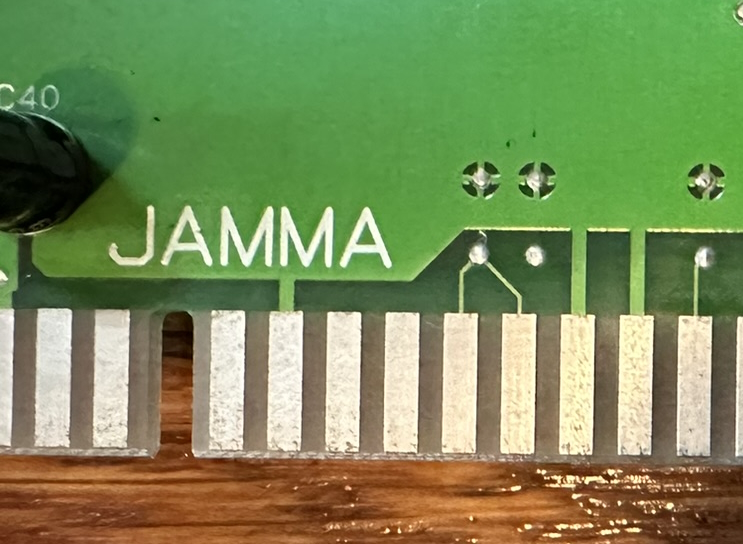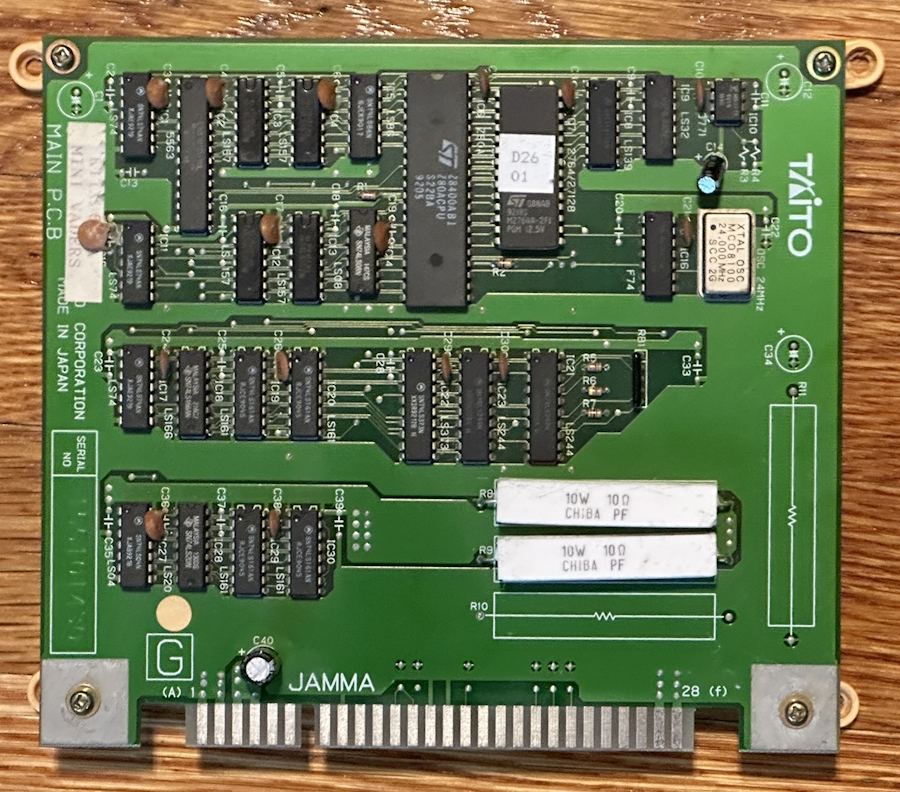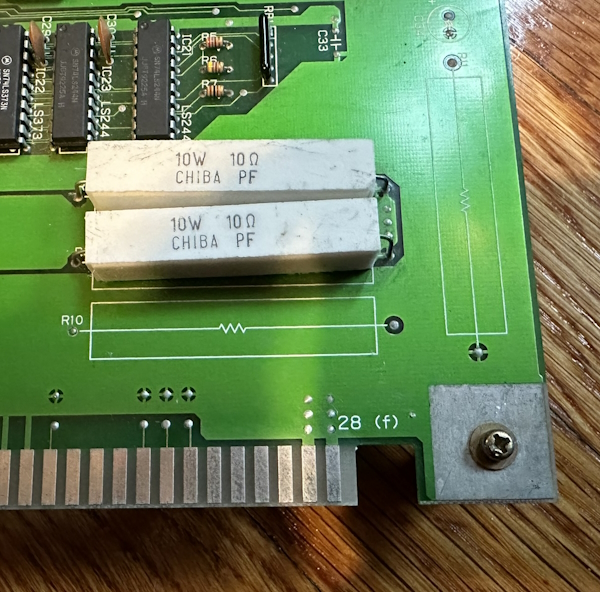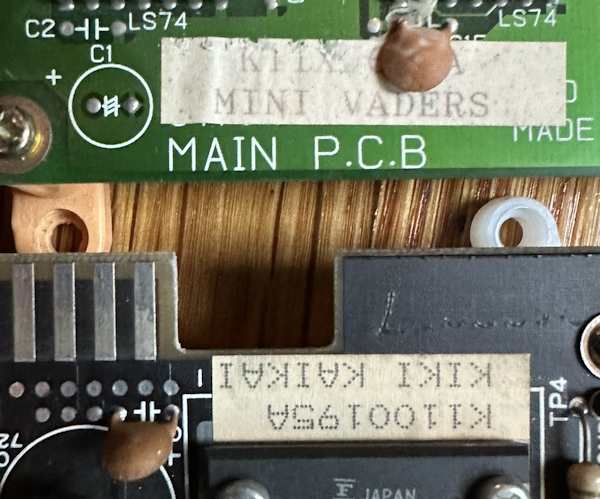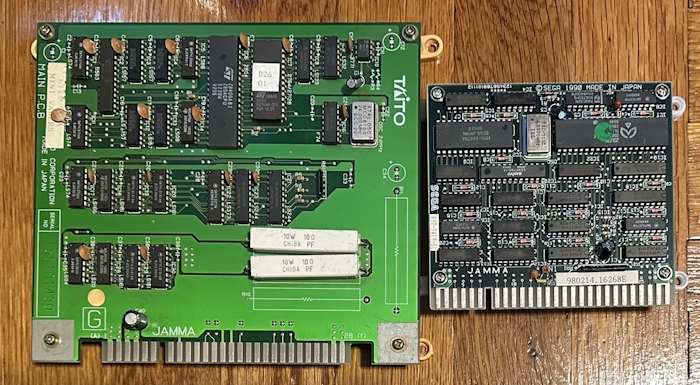Taito's Mini-Vaders: Why Should Dottori Have All the Fun?
Remember Sega’s Dottori-kun? A small game built using discrete logic whose sole purpose in life was to allow Sega’s “candy cab” machines to pass Japanese electronics regulation, and then be thrown in the garbage. Well, you might wonder, if Sega had to do that, surely other companies did too. And you’d be right: here’s Taito’s take on the concept. Sega went back to a late 70’s classic game of theirs; did Taito do the same?
Stop Invading my Space

When it comes to Taito and the late 1970’s, there’s only one title that can possibly stand up: Space Invaders. Maybe some of their other games were good, but let’s face it, pretty much nothing can stand up to the level of sensation that Space Invaders did, maybe even today for Taito.
So it stands to reason: behold, Mini-Vaders. It’s 1990, but maybe it’s also 1979 somewhere.

Right away we can see something that’s hugely different from Dottori-kun. As a reminder, the title screen of Dottori-kun, such as it is, looked like this:
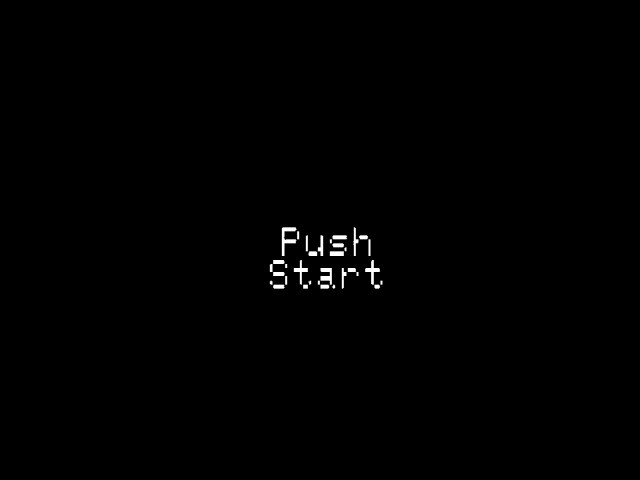
Mini-Vaders, on the other hand, actually has a title screen. And it actually takes coins, too. You can start a business off of this. Well, maybe. There’s still no sound. But the invader does get all excited when you put in that coin.
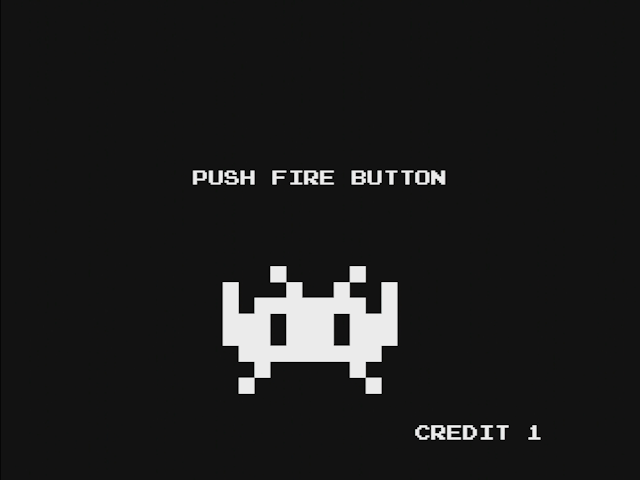
It even has a pre-level screen. We haven’t even got to the game, and I’m already excited.

So let’s get into the game and…

Just one invader? Man, even Battle Vader could do eight. And this invader doesn’t even fire back. It does move very fast, as you’d expect from the last invader, but it’s a quick shot.
Onto round 2, and we see that this game can in fact outdo Battle Vader:

Mini-Vaders is a series of challenge levels of Space Invaders. The invaders move fairly fast too, so even though they don’t fire back, you can still lose the game when they reach the bottom of the screen. Your ship cries out いて in pain, and there’s an instant game over. We’re not implementing lives here!

Here’s some gameplay, showing that I can actually clear this level. Remember, there’s no sound, so this is it.
That’s really all there is to Mini-Vaders, though. Unlike Dottori-kun, there’s no service mode options, and no color test either. In fact, if you take a look at the circuitboard, while this is JAMMA, you’ll see that the three video color lines are all shorted together.
What a great segue to talking about the board.
Dottori, eat your heart out
The Mini-Vaders board is pretty similar to Dottori-kun, being built around a Z80 CPU and some discrete logic. So I won’t go into too much detail here. However, it’s a bit more sophisticated, and also a bit larger.
One advantage of its design is that unlike Dottori-kun, it actually has proper horizontal pulses during the vertical sync period. I’ve not had any issues syncing to the Mini-Vaders board, while you might recall that was a big issue I had with Sega’s take on the throwaway board.

But I think the most striking thing about the board are those two beefy power resistors. What are they for? And there’s a bunch of places for more, too, that aren’t filled in.
These just connect the 5V line to ground. With 10Ω and 5V, this gives 2.5W dissipated, so these are definitely beefy enough to handle that, but they do get warm. But what’s the point? The best I can tell, this is just to increase the load on the power supply. Perhaps Taito just wanted this to be more useful as a test device, or without them they drew so little power that it caused issues.
Also, I have no idea what’s going on with this decoupling capacitor. I also don’t know if this label is factory, but it looks similar (but not identical) to some labels I see on other Taito PCBs like Kiki Kaikai, so it might be. This was imported directly from Japan, but beyond that I don’t know its provenance.
Overall there isn’t that much more to say about Mini-Vaders. It’s more fun than Dottori-kun, but did it really get played by anyone beyond a nostalgic arcade owner or two? Perhaps not. MAME has it, and you might as well play it there. Also check out TCRF, as that single ROM does have some unused graphics.

